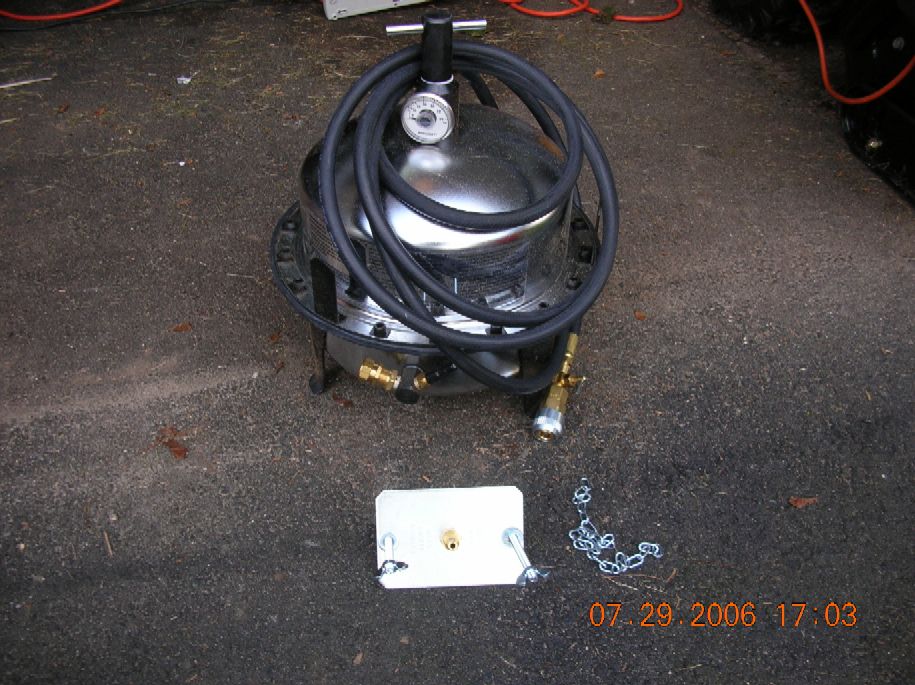hotcobra03
Active Member
brakes
as in my first post to you...you have fluid bypassing check valve...
you have a valve in mc and in prop valve...
if you can understand this..only an example,,to make all 4 wheels to work you need,12oz of fluid but you mc only pushes 7oz of fluid...a check valve is added to hold fluid but release pressure,,,so when its holding 10 oz fluid back you only need 2 oz fluid to work ....
a test is done to see if prop valve is working ,by clamping front brakes off ...your wheel cylinders only need a small amount of fluid where the mc can handle for testing...if prop is bad you pedal will be hard...
there could still be other factors causing this,,,
i had this problem years ago with a bad hydrovac on 50`s ford fire truck that kicked my a$$ like you are getting a lesson....
if you try this test post back with results...
Ok, saw some progress this weekend, but still not quite there. Friday, I swapped in yet another MC for a New unit. This time, I didn't bench bleed it at all, I just put it on the car, then immediately pressure bled the system. My thinking for replacing the MC yet again was I had a feeling that thru all the testing I had done (both methods of bench bleeding, plus pressure bleeding, changing Booster rod length, etc) I may have damaged other one. Anyway, I got the newMC on the car and everything pressure bled (still not running a Prop Valve)....
First Push of the Pedal = To the floor
Second Push = Just a tad up from the floor
Third Push = Up from the floor even more, starting to feel good
Fourth Push = Felt Great!!!
Not to get excited yet, I waited about two minutes and tried the pedal again.... Same thing happened (to the floor, then up a little, then felt better, then great pedal). So then we once again pressure bled the system thinkin there was still some air in the system. Got a LITTLE BIT of air out but that was it. we proceeded to pressure bleed the system about four more times after this with the same resulting pedal each time. Decided to put the Prop valve back in the system; no change.
What I'm wondering now is if there is air trapped in the lines that run along the firewall (being as they are higher that the MC).... but beside from pressure bleeding the system even more and goin thru even MORE brake fluid (been thru 2.25 Gal already), How I can get air out of the firewall lines? Unbolt the MC, raise it above the height of the firewall lines and pressure bleed again?
--Ryan
as in my first post to you...you have fluid bypassing check valve...
you have a valve in mc and in prop valve...
if you can understand this..only an example,,to make all 4 wheels to work you need,12oz of fluid but you mc only pushes 7oz of fluid...a check valve is added to hold fluid but release pressure,,,so when its holding 10 oz fluid back you only need 2 oz fluid to work ....
a test is done to see if prop valve is working ,by clamping front brakes off ...your wheel cylinders only need a small amount of fluid where the mc can handle for testing...if prop is bad you pedal will be hard...
there could still be other factors causing this,,,
i had this problem years ago with a bad hydrovac on 50`s ford fire truck that kicked my a$$ like you are getting a lesson....
if you try this test post back with results...








